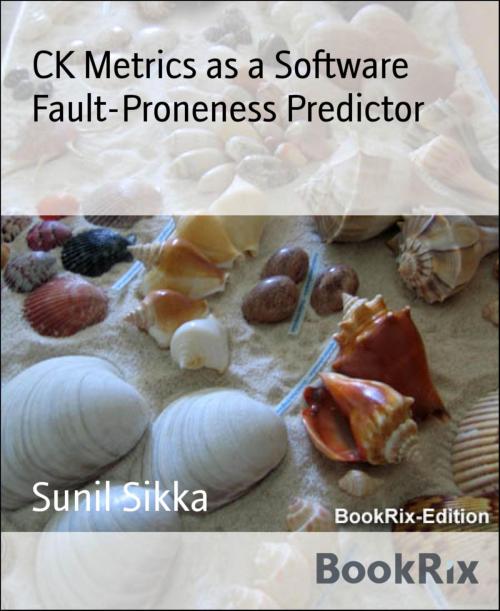CK Metrics as a Software Fault-Proneness Predictor
Nonfiction, Reference & Language, Education & Teaching| Author: | Sunil Sikka | ISBN: | 9783743872325 |
| Publisher: | BookRix | Publication: | June 18, 2018 |
| Imprint: | Language: | English |
| Author: | Sunil Sikka |
| ISBN: | 9783743872325 |
| Publisher: | BookRix |
| Publication: | June 18, 2018 |
| Imprint: | |
| Language: | English |
Predicting Fault-proneness of software modules is essential for cost-effective test planning. Fault-proneness could play a key role in quality control of software. Various studies have shown the importance of software metrics in predicting fault-proneness of the software. "Classic" set of metrics was planned by Chidamber and Kemerer in 1991. Chidamber and Kemerer (CK) metrics suite is the most widely used metrics suite for the purpose of object-oriented software fault-proneness prediction. CK metrics are used for numerous function of study, e.g. defect prediction. CK metrics are the good predictor of fault-proneness of classes.C5.0 algorithm is one of the classification techniques of data mining. It is necessarily selected to partition data set into several smaller subsets in every recursion of creating decision tree. Object-oriented metrics play a very important role to quantify the effect of key factors to determine the fault-proneness. For fault-prediction model CK Metrics: Weighted Methods for Class (WMC), Depth of Inheritance Tree (DIT), Number of Children (NOC), Lack of Cohesion of Methods (LCOM), Response for Class (RFC), and Coupling Between Objects (CBO), are used as a independent variables.
Predicting Fault-proneness of software modules is essential for cost-effective test planning. Fault-proneness could play a key role in quality control of software. Various studies have shown the importance of software metrics in predicting fault-proneness of the software. "Classic" set of metrics was planned by Chidamber and Kemerer in 1991. Chidamber and Kemerer (CK) metrics suite is the most widely used metrics suite for the purpose of object-oriented software fault-proneness prediction. CK metrics are used for numerous function of study, e.g. defect prediction. CK metrics are the good predictor of fault-proneness of classes.C5.0 algorithm is one of the classification techniques of data mining. It is necessarily selected to partition data set into several smaller subsets in every recursion of creating decision tree. Object-oriented metrics play a very important role to quantify the effect of key factors to determine the fault-proneness. For fault-prediction model CK Metrics: Weighted Methods for Class (WMC), Depth of Inheritance Tree (DIT), Number of Children (NOC), Lack of Cohesion of Methods (LCOM), Response for Class (RFC), and Coupling Between Objects (CBO), are used as a independent variables.















